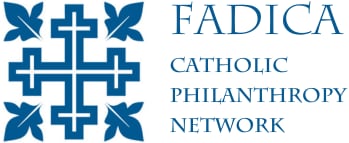Breakthroughs in digitization and computing technologies have led to a digital humanities revolution. Historians can now, in theory, search for every trace of a person, relate themes across documents and write history rich with almost forgotten details. Technological advances have indeed made a vast body of historical newspapers and documents instantly accessible to scholars and students.
Yet the Catholic Church may find itself less, not more, visible in these emerging histories of the United States. Leading online sources are largely focused on municipal and trade newspapers. Catholic newspapers are conspicuously under-represented.
Traditional research methods remain, and local archives can be combed. Yet results are partial and labor intensive. Deadline-pressed historians and sociologists, writing on topics ranging from Catholic chaplains in the Civil War to the sundry connections between parish, family and public life, can easily miss these manual sources and the significant Catholic voices therein. Absent from the “net”, Catholics might soon be invisible in history.
Individual archivists at institutions like Belmont Abbey College, Duquesne University, and the Archdiocese of Chicago are therefore working hard to fill the digital gap. Recognition is growing that all Catholic newspaper archives should be online, ensuring that the Catholic tradition, experiences and views be acknowledged for their important contributions to the greater American dialogue.
Recognizing the importance of this digital archive mission, the Catholic Research Resources Alliance (CRRA) established the Catholic Newspapers Program in 2011 to provide access to all extant Catholic newspapers in North America. Preliminary listings of Catholic Newspapers Online feature 800-plus titles and online access to over fifty Catholic newspapers. CRRA members are united within a nonprofit, collaborative organization, funded by membership dues and in-kind activities of its members and partners. Activites and speed will be impacted by the character of supplemental funding in the future.
FADICA is grateful to Jennifer Younger – younger.1@nd.edu – and her CRRA colleagues for the bulk of this article.


